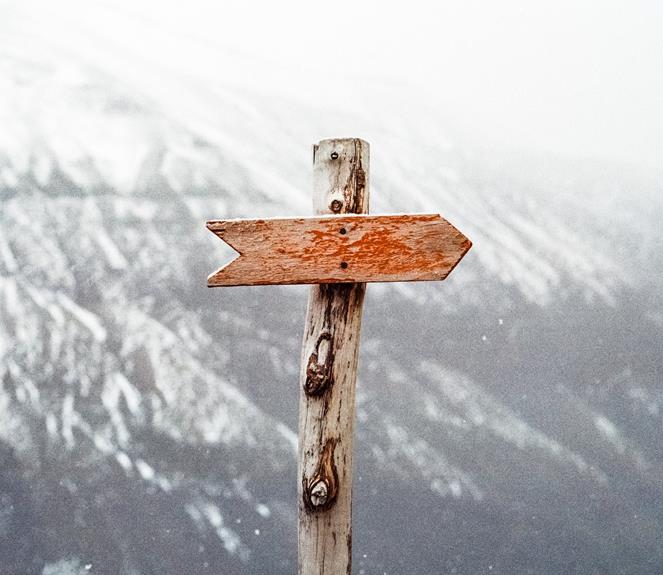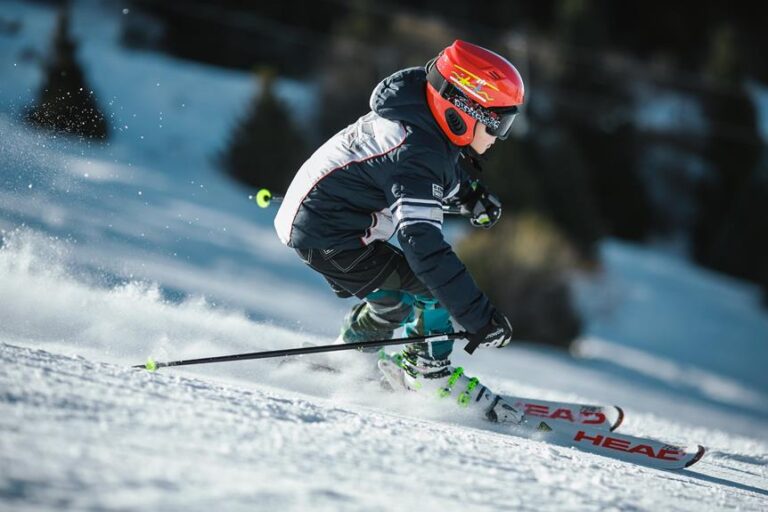How Fast Do Downhill Skiers Go: An In-Depth Analysis
Did you know that downhill skiers can reach speeds of up to 95 miles per hour? That's right, these athletes fly down the slopes at incredible velocities, pushing the limits of human speed and agility.
But what factors contribute to these astonishing speeds? And how do downhill skiers manage to navigate the slopes at such high velocities?
In this discussion, we will explore the fascinating world of downhill skiing and uncover the secrets behind how fast these skiers go. So, buckle up and get ready to discover the thrill of downhill skiing like never before.
Olympic Downhill Skier Speeds
Olympic downhill skiers reach incredible speeds, with top athletes accelerating to 85 mph or more. These speeds are truly astonishing and demonstrate the incredible skill and courage of these athletes. In fact, downhill skiers go faster than any other skiers in the Winter Olympics. The speed at which these athletes travel is a crucial factor in their competitiveness and can greatly influence their chances of winning medals.
At World Cup-level downhill races, the average speeds demanded range between 60 and 70 miles per hour. However, the top speeds can escalate even further, reaching an astonishing range of 75-95 mph. In the 2006 Torino Olympics, the downhill race was recorded as the fastest Olympic race, with an average speed of 67.8 mph. More recently, at the Beijing 2022 Olympics, downhill skiers reached speeds of 85 mph or more.
The artificial snow surface in the arid Yanqing hills has the potential to create historic speeds, making The Rock race the fastest downhill race in Olympic history. With the potential to reach speeds of about 80 mph, and possibly even peaking at 100 mph, downhill skiing is truly a thrilling and fast-paced event in the Winter Olympics.
Average Speed of Downhill Skiers
On average, downhill skiers reach impressive speeds of 60 to 70 miles per hour during World Cup-level races. Speed is a crucial factor in downhill skiing as it determines the competitiveness of the athletes. Faster skiers have an advantage in terms of time and positioning, making it essential for them to reach and maintain high speeds. Downhill skiing is the fastest of the Olympic alpine skiing events, with speeds significantly higher than in other disciplines such as giant slalom and slalom. It's a thrilling and adrenaline-fueled sport that showcases the incredible skill and bravery of downhill skiers.
Here's a breakdown of the average speeds achieved by Olympic downhill skiers:
- The fastest Olympic race to date was the 2006 Torino downhill, with an average speed of 67.8 mph. This race showcased the incredible skill and speed of the athletes as they navigated the challenging course.
- The Yanqing Alpine Skiing Center downhill course, which will be used for the Beijing 2022 Olympics, saw skiers reach an average speed of 68.0 mph. This demonstrates the continued push for faster speeds in downhill skiing.
- At the upcoming Beijing 2022 Olympics, downhillers are expected to reach speeds of 85 mph or more, highlighting the potential for historic speed at The Rock. This will undoubtedly test the limits of the skiers' abilities and provide an exhilarating spectacle for spectators.
Speed Comparisons: Downhill Skiers Vs. Other Winter Athletes
As we shift our focus to comparing the speeds of downhill skiers with other winter athletes, it becomes evident that the velocity achieved by these skiers is unmatched in the world of winter sports.
Downhill skiing is the fastest of the Olympic alpine skiing events, with skiers reaching speeds of about 80 mph, potentially exceeding 100 mph. In World Cup-level downhill races, skiers demand average speeds between 60 and 70 miles per hour. However, top speeds can escalate into the range of 75-95 mph.
The 2006 Torino downhill holds the title of the fastest Olympic race with an average speed of 67.8 mph. Downhillers at the Beijing 2022 Olympics reached speeds of 85 mph or more.
In comparison, giant slalom athletes typically reach speeds of around 50 mph, while slalom skiers clock in around 43 mph. This makes downhill skiing significantly faster than other alpine skiing disciplines.
Moreover, professional downhill skiers can reach speeds upwards of 150 mph, highlighting the stark difference in speed between the two disciplines.
Even when compared to cross-country skiers who average around 15 mph for continuous distances up to 35 miles, downhill skiers still stand out as the fastest winter athletes.
Factors Influencing Downhill Skier Speeds
To understand the factors that influence downhill skier speeds, we must examine the various elements that contribute to their remarkable velocity on the slopes. Downhill skiers are able to reach incredible speeds due to a combination of factors, including:
- Course Conditions: The condition of the slope plays a significant role in determining a skier's speed. Factors such as the steepness of the slope, the quality of the snow, and the presence of bumps or obstacles can all affect how fast a skier can go.
- Technique: Skiers with exceptional technique are able to maximize their speed on the slopes. Proper body positioning, balance, and the ability to carve turns efficiently can all contribute to faster speeds.
- Wind Resistance: Wind resistance is a major factor that can either hinder or help a downhill skier's speed. Skiers must find the optimal balance between tucking to reduce drag and maintaining control.
In the context of the Olympic Games, the factors influencing downhill skier speeds become even more crucial. Skiers must contend with challenging courses designed to push their limits, while also considering the potential for setting new speed records. The combination of technique, course conditions, and the ability to manage wind resistance are all key factors that determine how fast downhill skiers can go, and ultimately, whether they can achieve an Olympic record.
Techniques to Maximize Speed in Downhill Skiing
One key technique to maximize speed in downhill skiing is utilizing a tight tuck position while maintaining balance and control. Downhill skiers at the Olympics and other competitions use this technique to reach incredible speeds. By crouching down and pulling their bodies into a compact position, skiers reduce air resistance and streamline their movements. This allows them to glide down the slopes with minimal drag, maximizing their speed.
Skillfully navigating turns and jumps also plays a crucial role in achieving and maintaining high speeds in downhill skiing. By carrying momentum through turns and jumps, skiers can continue to build speed throughout their run. Proper body positioning is another important technique. Leaning forward and keeping the arms close to the body helps to minimize air resistance, allowing skiers to slice through the air with less effort.
Additionally, making precise and efficient use of ski edges through carving techniques can aid in optimizing speed while maintaining control on the slopes. Understanding and adapting to course conditions, such as the texture of the snow surface and the impact of wind, is crucial for achieving maximum speed in downhill skiing. By adjusting their techniques to suit the conditions, skiers can make the most of their runs and reach impressive speeds.
Frequently Asked Questions
How Many Mph Do Downhill Skiers Go?
Downhill skiers go at incredible speeds, reaching up to 100 mph. Factors like technique, equipment, and course conditions affect their speed. Safety measures, training techniques, and famous races all contribute to the world record speed.
What Is the Average Speed of a Man Downhill Ski?
The average speed of a man downhill skier is in the mid-to-low 60s mph. However, with record-breaking speeds reaching up to 100 mph, factors like technique, equipment, and safety considerations play a significant role in achieving high speeds.
How Fast Is Women's Downhill Skiing?
Women's downhill skiing involves advanced techniques, training, and preparation. Notable female skiers have made history in competitions. Weather conditions impact the sport, and specialized equipment is used. But how fast do women downhill skiers go?
Do Heavier Skiers Go Downhill Faster?
Heavier skiers can potentially go downhill faster due to the increased force and momentum. However, factors like technique, equipment, and training play a significant role in speed. Understanding the physics and implementing proper strategies can help increase speed in downhill skiing.
Conclusion
So next time you hit the slopes, remember that downhill skiers can reach speeds of up to 95 miles per hour, with some even exceeding 100 miles per hour.
Factors such as the course design, weather conditions, physical fitness, technique, and equipment all play a role in achieving these high speeds.
Downhill skiing is a thrilling and dangerous sport, where speed is a defining characteristic.
Stay safe and enjoy the adrenaline rush!






